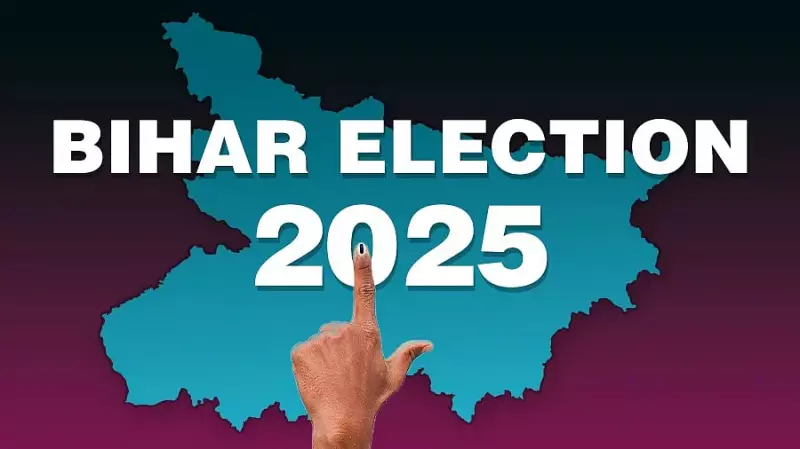
In a political showdown that kept voters on the edge of their seats, Sahebpur Kamal constituency has delivered a decisive verdict in the 2025 Bihar Assembly elections. The Bharatiya Janata Party's candidate, Birendra Prasad Singh, emerged victorious in a closely watched contest that saw intense campaigning and high voter engagement.
Election Results Breakdown
The final tally revealed a clear margin of victory, with Singh securing 78,649 votes against his closest rival, Kumar Dilip of the Rashtriya Janata Dal (RJD), who managed to gather 60,309 votes. This significant lead of 18,340 votes underscores the constituency's political preferences in this crucial election cycle.
Candidate Performance Analysis
The electoral battle featured multiple contenders, but the real competition unfolded between the BJP and RJD camps. Bikram Kumar, representing the Bahujan Samaj Party (BSP), secured third position with 2,019 votes, while independent candidate Sanjay Kumar Singh trailed with 1,804 votes.
Voter Turnout and Demographic Shifts
Sahebpur Kamal, nestled within the Begusarai district, demonstrated robust democratic participation with voters turning out in substantial numbers. The constituency's diverse demographic profile and strategic importance made it one of the key battlegrounds in the Bihar elections.
Political Implications
This victory marks a significant achievement for the BJP in strengthening its presence across Bihar's political landscape. The win in Sahebpur Kamal contributes to the party's broader electoral strategy and demonstrates its continuing appeal among the electorate.
The election outcome also reflects the evolving political dynamics in rural Bihar, where development agendas and local governance issues played a crucial role in shaping voter preferences. Political analysts are closely examining these results to understand the shifting allegiances and emerging trends in the state's political ecosystem.





